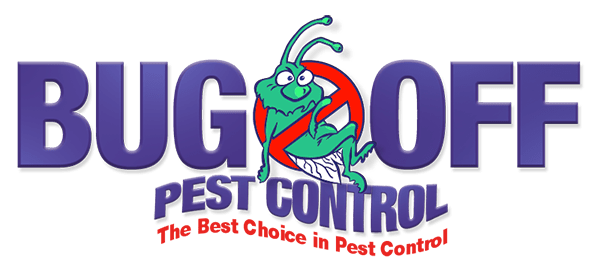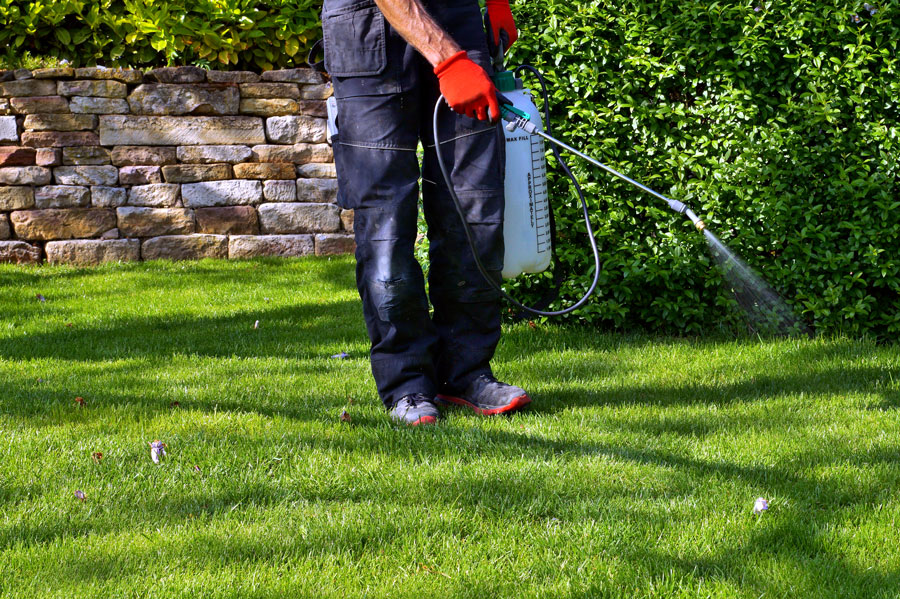Integrated pest management (IPM) is an ecologically based, sustainable method of RGV pest control. IPM focuses on preventing pests from entering a property or area and using various pest management techniques in an integrated fashion to reduce pest populations to an acceptable level. IPM is a more sustainable solution to pest control, as it reduces the reliance on chemical pesticides by utilizing natural and cultural strategies.
The Benefits of Integrated Pest Management
IPM provides several significant advantages compared to traditional forms of pest control. Not only is IPM a more sustainable and eco-friendly solution to pest control, but it also offers a variety of other benefits.
Reduced Risk of Exposure to Toxic Chemicals
The most obvious benefit of IPM is its reduced use of toxic chemicals. By utilizing natural and cultural methods for pest control, IPM can minimize or even eliminate the risk of exposure to toxic pesticides, which can have negative health effects, particularly when used in greater concentrations or in enclosed spaces.
Improved Quality of Life
When properly implemented, IPM can help reduce the incidence of pests in a home or business, improving the quality of life of those living or working in the space. This, in turn, has a positive effect on productivity and can help reduce stress and anxiety caused by pests.
Cost-Effective
IPM is much less expensive than traditional pest control methods, as the implementation of IPM generally requires fewer treatments or chemicals. Furthermore, IPM seeks to prevent pest infestations rather than attempting to eradicate them after they occur, resulting in lower overall costs.
Protection of Environment and Wildlife
Because IPM relies on natural and cultural methods for pest control, it does not damage the environment or threaten wildlife safety. This is especially important in residential and commercial settings near environmentally sensitive areas, such as parks, ocean beaches, and rivers.
Role of IPM in Food Quality and Safety
Integrated pest management plays a vital role in maintaining the quality and safety of food, as it helps to prevent pests from contaminating food sources. This is essential in commercial food production, where pesticides can sometimes be used in amounts that exceed safety guidelines. The use of IPM in this context not only ensures the quality and safety of food but can also help reduce costs associated with pest control.
Implementing an Integrated Pest Management Plan
IPM is best implemented as a long-term strategy rather than attempting to eliminate pests as quickly as possible. This involves taking a variety of steps to reduce the risk of infestation, as well as to eliminate any existing pests effectively.
Identifying Potential Sources of Pests
The first step in implementing an IPM plan is to identify potential sources of pests. This includes examining the property, checking for cracks and crevices where pests can enter, and assessing the surrounding environment for sources of food or shelter.
Using Physical Barriers
Physical barriers, such as window and door screens, can be used to prevent pests from entering a home or business. In addition, caulking gaps and cracks found around windows and doors and other structural weaknesses can create a physical obstacle for pests.
Reducing Food Sources
Reducing available food sources is an essential component of IPM. This can be achieved by eliminating standing water, sealing food containers, regularly removing garbage, and cleaning up any spilled food or drink. Additionally, reducing the overall clutter in a space can help minimize the likelihood of pests being attracted to the area.
Utilizing Biological Controls
Biological controls involve introducing beneficial organisms, such as predators, decoys, and parasites, to help reduce pest populations. This can be especially effective in agricultural settings, where beneficial insects and animals can be introduced to help reduce the incidence of crop-damaging insects or animals.
Using Cultural Methods
In addition to physical barriers and biological controls, cultural methods, such as altering the habitat to make it less hospitable to pests, can also be employed. This can involve removing potential nesting sites, such as logs, debris piles, tall grass, or standing water.
Applying Chemical Pesticides
When all else fails, chemical pesticides can be used to control pests. However, chemicals should be used only as a last resort after carefully considering all available options. Additionally, when using chemical pesticides, it is crucial to determine the exact type of pest being targeted and apply the pesticide safely and effectively.
RGV Pest Control and Integrated Pest Management is Essential
Integrated pest management is an effective and sustainable option for controlling pests, as it minimizes the use of toxic chemicals and reduces the risk of exposure to pest-borne diseases. Furthermore, it helps to reduce costs associated with RGV pest control and can help protect the environment and local wildlife.

